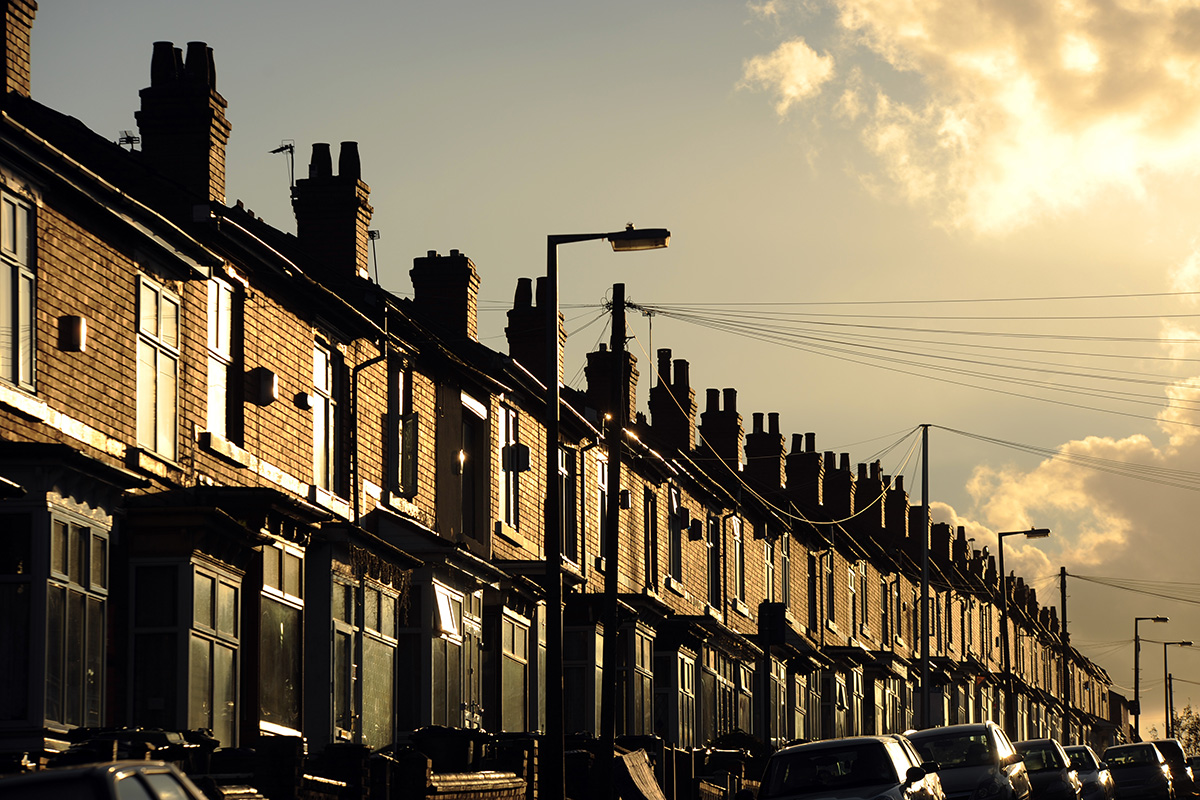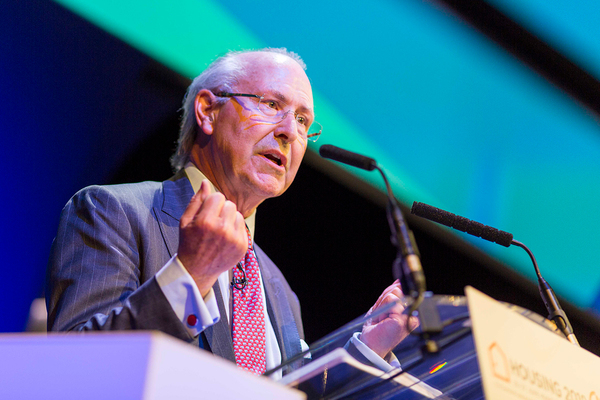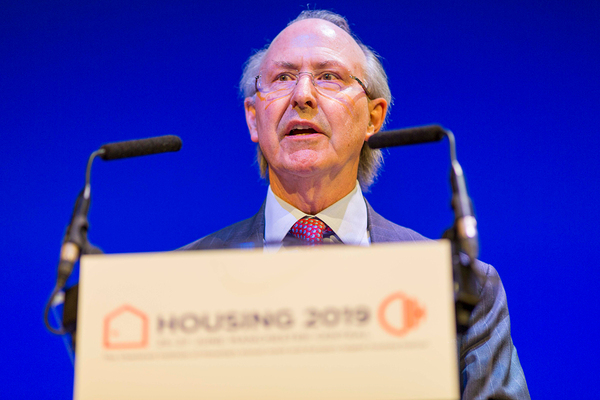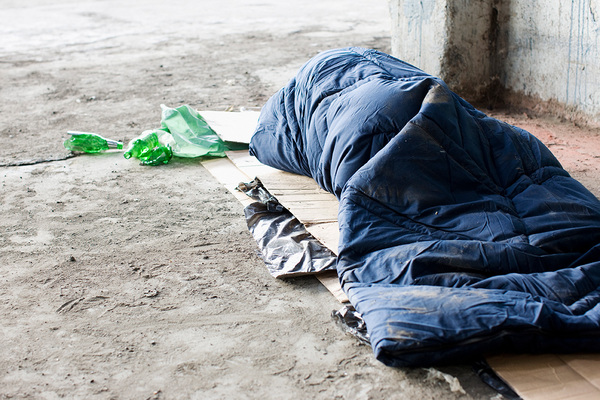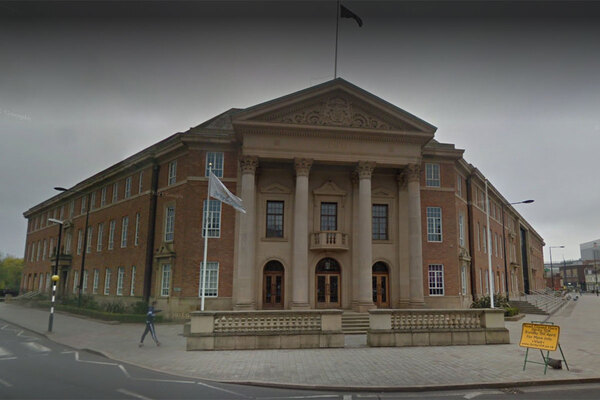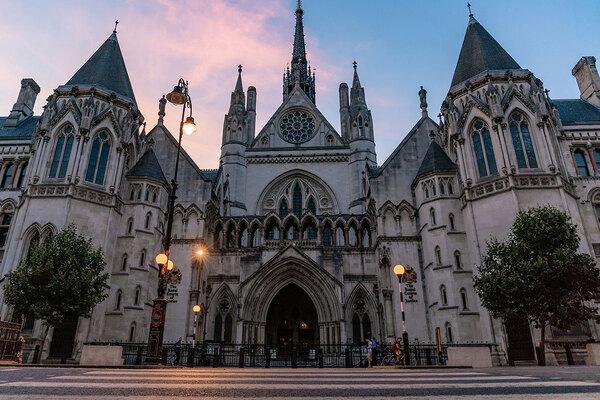You are viewing 1 of your 1 free articles

Lord Richard Best is chair of the Affordable Housing Commission, and co-chair of the APPG for Housing and Care for Older People
Conversion of private rented homes to social housing could help turn the tide of this crisis
The private rented sector is unwilling and unable to house those in greatest need. As landlords seek to exit that sector, the government should purchase their properties for social rented housing, writes Lord Best
It is a year on from the publication of the Affordable Housing Commission’s (AHC) major report, which highlighted the damaging social and economic effects of the switch from social housing to private renting. The coronavirus pandemic has illuminated and underlined the problem.
The AHC – organised by the Smith Institute and funded by the Nationwide Foundation – spelled out how affordability had been impacted by the halving of social housing and the doubling of private renting.
This tenure shift has increased poverty and inequality because millions more households can only access housing that costs a huge proportion of their incomes. According to the AHC, more than two million households in the private rented sector (PRS) are under housing stress.
And the households devoting 40% or more of their incomes to rent – the group at highest risk – are predominantly private renters.
Unsurprisingly, several hundred thousand PRS tenants have fallen into debt and rent arrears. The pandemic has revealed the fragility and vulnerability of a sector dependent on around 2.5 million private landlords.
Most of these own only one or two properties and many are highly reliant on their income from rents, not least to pay mortgage and management costs.
For the tenants, a national disaster has been only temporarily averted by the government regularly extending the ban on evictions, not least because of the huge backlog in the courts.
Even before the pandemic we could see how PRS rent levels were driving families below the poverty line. For example, Brent Council’s Poverty Commission report makes the point. In this London borough, where the PRS has grown rapidly, 17% of households and 22% of children were classified as living in poverty before taking account of housing costs.
But after housing costs, the numbers in poverty double to a shocking 32% of households and 43% of children. On top of affordability problems, so many of these struggling renters are in overcrowded, insecure and unhealthy properties that lack gardens or balconies or indoor space for work or home schooling.
These are the people hardest hit by the coronavirus crisis.
The AHC called for a rebalancing of rented housing, boosting the social housing sector and recognising that the PRS is not suited to housing all those who must now turn to it.
The government has partially acknowledged this in a series of measures that discourage any further growth of the PRS: a stamp duty surcharge, a tougher regime for mortgage interest tax relief, requirements for energy efficiency (that will become much more onerous later) and electrical safety, the forthcoming Renters Reform Bill, and a greater emphasis on regulation and enforcement of standards.
When these measures are coupled with the loss of rental income during the pandemic and the traumas of evictions and court processes, many small landlords will want to get out.
The government has also recognised that it is a pre-requisite that we build enough homes to go round. Overall, shortages push up prices.
And, despite some slowdown last year, the government is sticking to its target of 300,00 homes a year (although this is actually a far lower level than in times past or in comparison with output in neighbouring countries).
However, as the recent archbishops’ housing commission spelled out: “The primary issue with the housing sector is not just a lack of housing but instead a lack of affordable housing, particularly for those on low incomes.”
So, more homes but a more significant proportion needs to be for social renting. The AHC – and most commentators – put this requirement at around a third of the government’s total.
“As the pandemic makes crystal clear, we need stronger protection for private renters. But to make housing affordable again, we also urgently need a much enlarged social housing sector”
To speed up the rebalancing process and take advantage of post-COVID opportunities, the AHC proposed a National Housing Conversion Fund.
This would enable social landlords to acquire sites from house builders worried about sales prospects when the stamp duty holiday ends. Buying properties from private landlords exiting the market could also help with the decarbonisation/retrofitting and levelling-up agendas.
The fund would include buying back ex-Right to Buy properties, since around 850,000 of these are now in the PRS.
Regrettably, the government is not helping here. Although it is allowing councils greater flexibility in their use of proceeds from RTB sales, it is now banning use of receipts for property acquisitions – even if this leads to big savings in temporary accommodation costs.
The AHC has now concluded its work. Hopefully, it has drawn attention to the underlying cause of the huge problems of housing affordability.
It has shown that the PRS is unable, unwilling and unsuited to house all those on lower incomes who need secure homes.
As the pandemic makes crystal clear, we need stronger protection for private renters. But to make housing affordable again, we also urgently need a much enlarged social housing sector.
This may seem the worst time ever to be seeking a huge increase in government investment in affordable housing. The government has never been deeper in debt. Decarbonisation and building safety are both requiring billions more.
But it may also be the best time. Long-term government borrowing has never been cheaper.
Investing in the rebalancing of rented housing pays back handsomely – in health and social care savings, in an end to housing benefit costs rising exponentially, in improved productivity and economic revival, and, most of all, in redressing the inequalities and miseries which the coronavirus pandemic has so starkly laid bare.
Lord Best, chair, Affordable Housing Commission
Sign up for our homelessness bulletin
Already have an account? Click here to manage your newsletters
